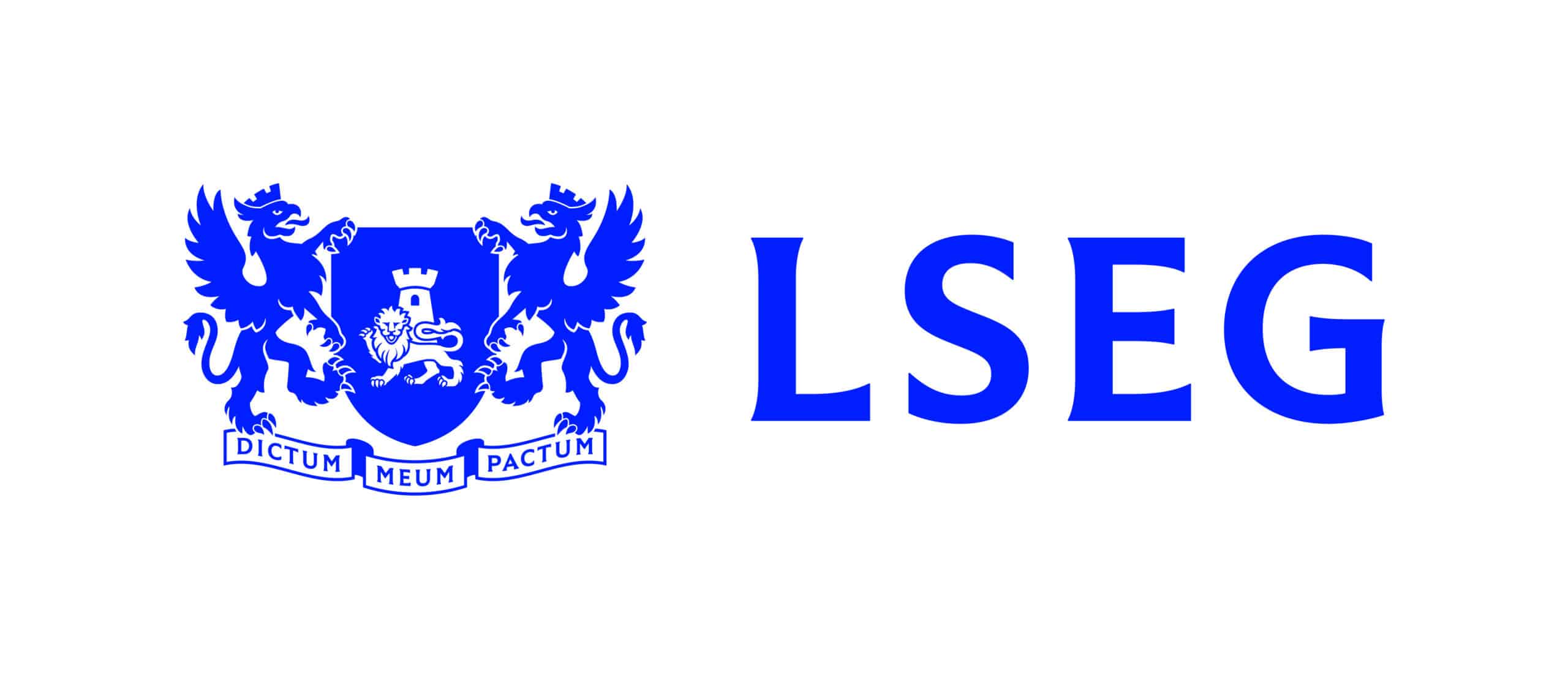 How has FX clearing evolved in the last year?
How has FX clearing evolved in the last year?
Our bank member volumes have grown significantly as banks have increased cleared non-deliverable forward (NDF) volume in a wide range of emerging market and major currencies, leading to NDF average daily volume of over $90 billion. We have seen a huge uptick in FX option clearing volumes, with $102 billion cleared in August alone. Liquidity providers are increasingly keen to embed clearing into their workflow to take advantage of the margin and capital benefits clearing provides. We will shortly be launching our FX Smart Clearing initiative, subject to regulatory review, aiming to provide capital optimisation by clearing selective portfolios of FX Forwards, without increasing margin excessively. We have strong support from the largest sell-side institutions, who see the material benefits that can be achieved. This should be available to members in Q1 2023 and we are working towards delivering a scalable client solution in 2024.
Are the buy-side becoming more involved in the clearing process?
Client clearing average daily volume at LCH ForexClear in August was up 192% in comparison with the same period last year, reaching $1.9 billion. At present, the primary demand is from regional banks, particularly in Asia where the NDF focus is higher. However, we are also seeing activity from non-bank liquidity providers as well as hedge funds and asset managers. In May this year, Citadel started clearing FX NDF trades at LCH ForexClear. Click here for more information.
How has the recently passed Uncleared Margin Rules (UMR) deadline begun impacting participants and what is LCH ForexClear doing to mitigate this?
The UMR phase 6 deadline was not a big bang moment for clients. However, we would certainly attribute increased client enquiry, increased onboarding and increased volume as a consequence of the additional profile and the additional resource requirements that UMR brings. As with previous phases we are aware that many in-scope participants focus on compliance with the regulations first and then look at alternatives to reduce costs, such as clearing. We would expect that the impact becomes clearer – as with other phases – over the course of the next 12 months.
In what way is the buy-side’s relationships with counterparties evolving with respect to clearing and why is this happening?
There are several lenses to the current evolution. A key challenge for clients impacted by UMR is maintaining the set up with their bilateral counterparties to ensure they are all compliant – this can be onerous. On the other hand, clients who have access to LCH ForexClear have access to many global NDF dealers via one set-up, as clearing is a one-to-all model. This ensures wider market access and has materialised as one of the big value adds of clearing in the context of UMR. Once clients are set up then they have the flexibility to choose tactically whether to clear or transact bilaterally – which may be one way of managing UMR thresholds. To support this, we have capability to illustrate estimated margin requirements from clearing as well as compare likely margin implications of clearing versus trading with existing counterparties.
Those clients who see prime broker related charges as high or have reduced access to credit lines see clearing as a potential solution. Where capital is a concern for bank counterparties, clients are being encouraged to clear to help alleviate those constraints. Those savings may be passed back to the buy-side through competitive pricing. The LSEG group, of which Refinitiv Matching, FXall and LCH ForexClear are part, are scheduled to launch a Singapore-based NDF matching platform that will be connected to LCH ForexClear for clearing next year where buy-side and banks alike should benefit from reduced spreads.
What is the current execution venue connectivity landscape like and how is this changing?
In order to move forward with our offering, we need to ensure the entire experience is efficient. That includes relationships with order management system (OMS) providers as well as execution venues. There is progress in this space, particularly with respect to use of execution venues as a channel for clearing. Currently, the workflow for active execution venues means that FX clearing is a post-trade activity. If the clearing decision for FX was a pre-trade activity then we would expect to see further efficiencies, for example, participants being able to access a pre-cleared price. With the development of the LSEG NDF Matching platform this is one of the results we hope to see.
